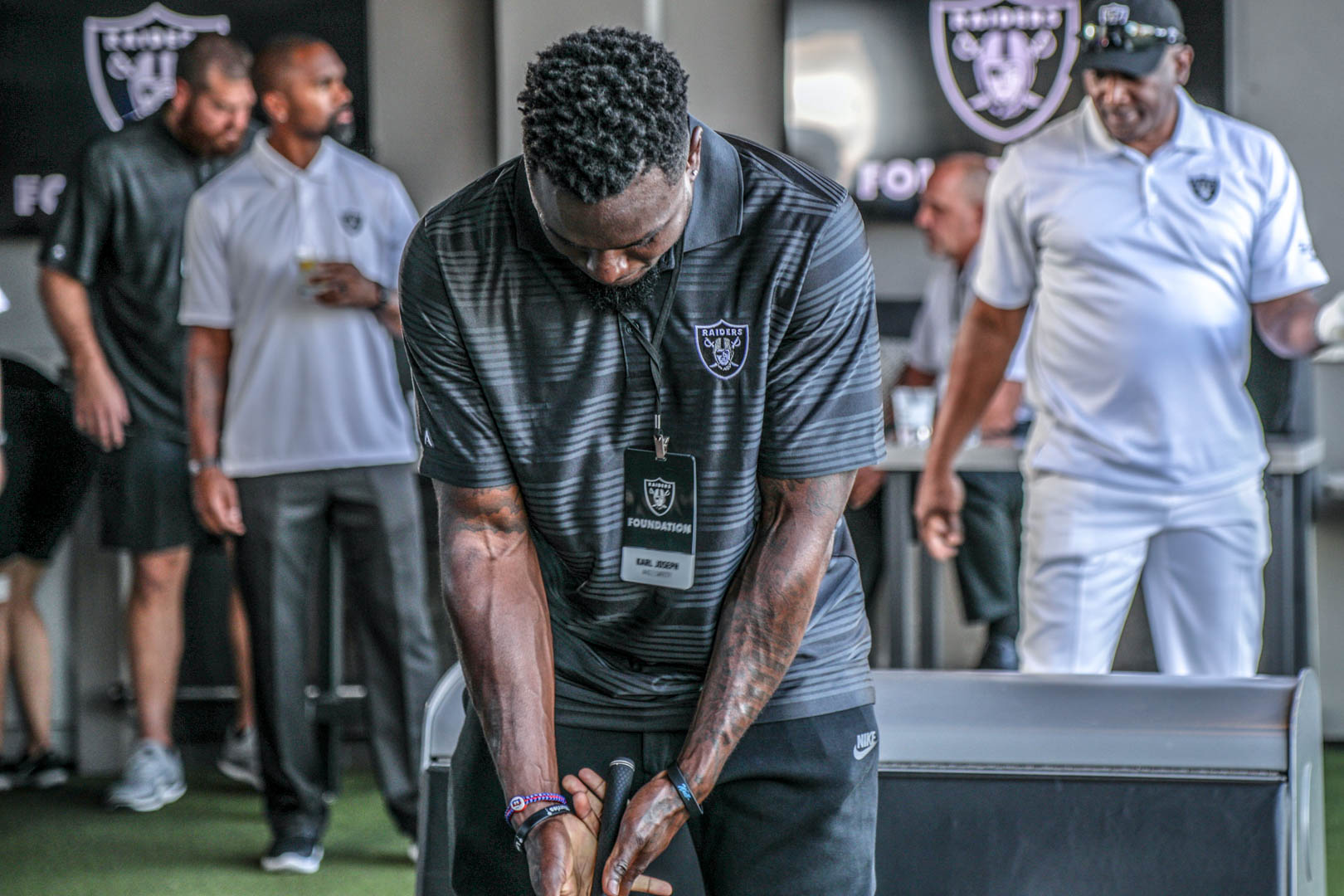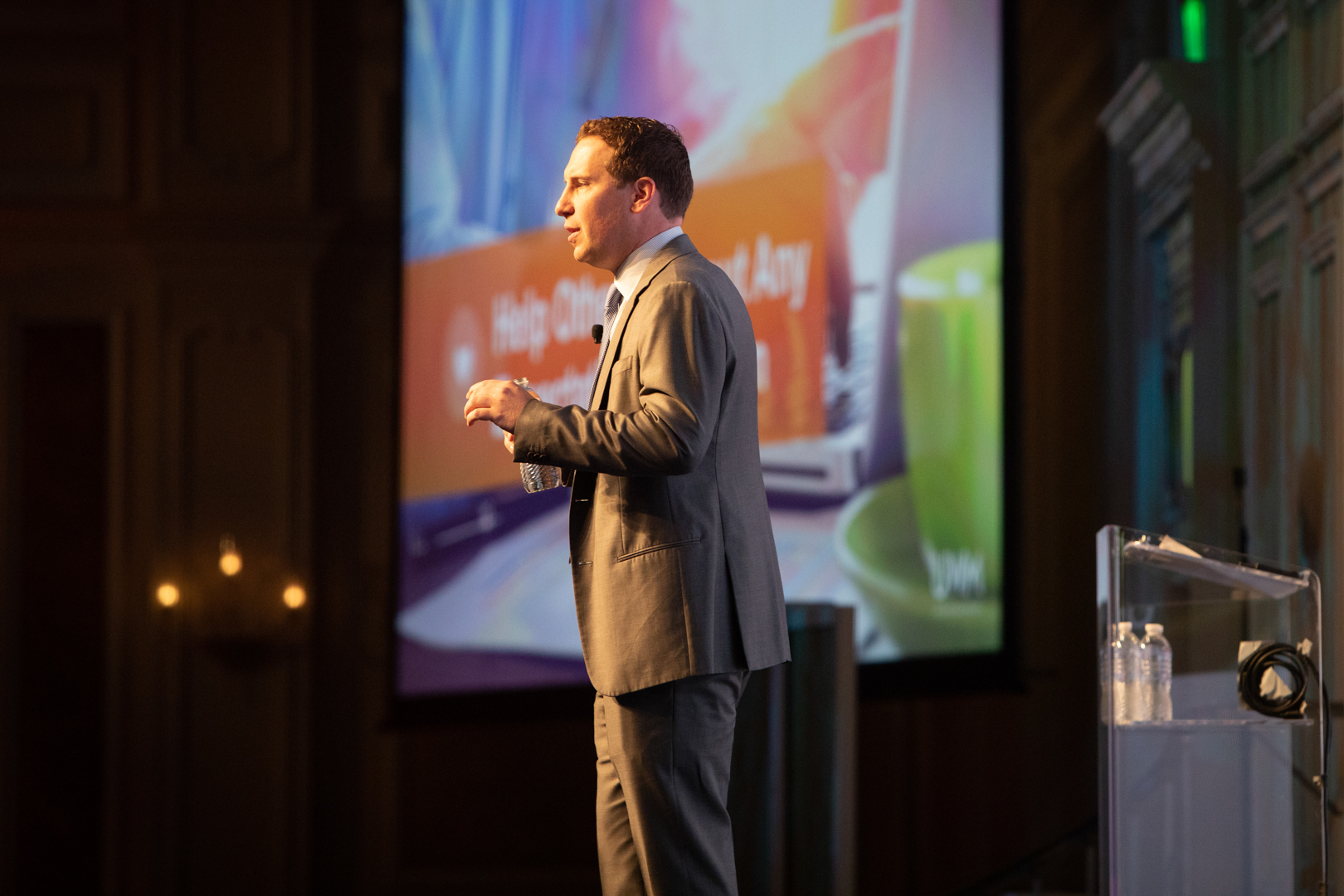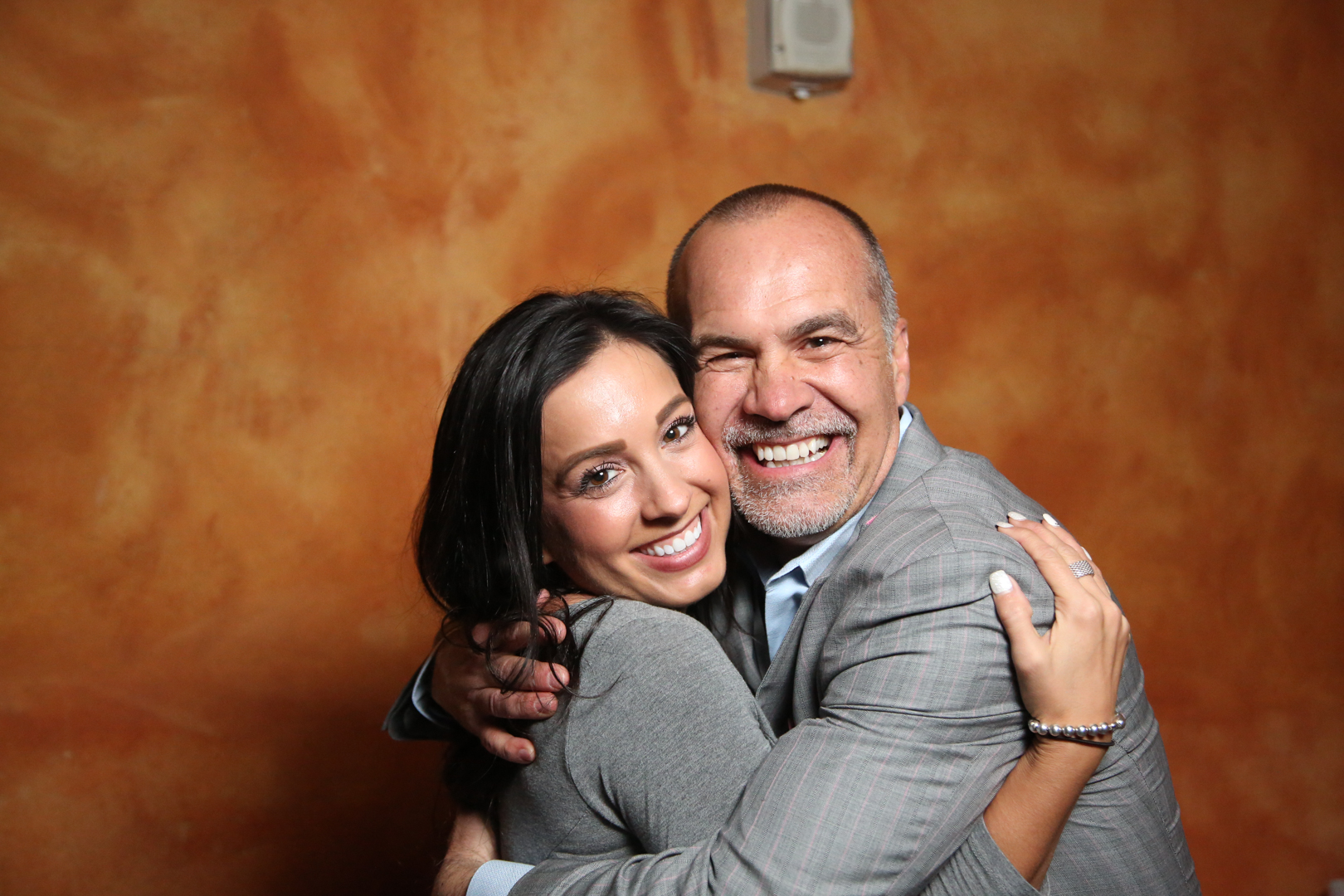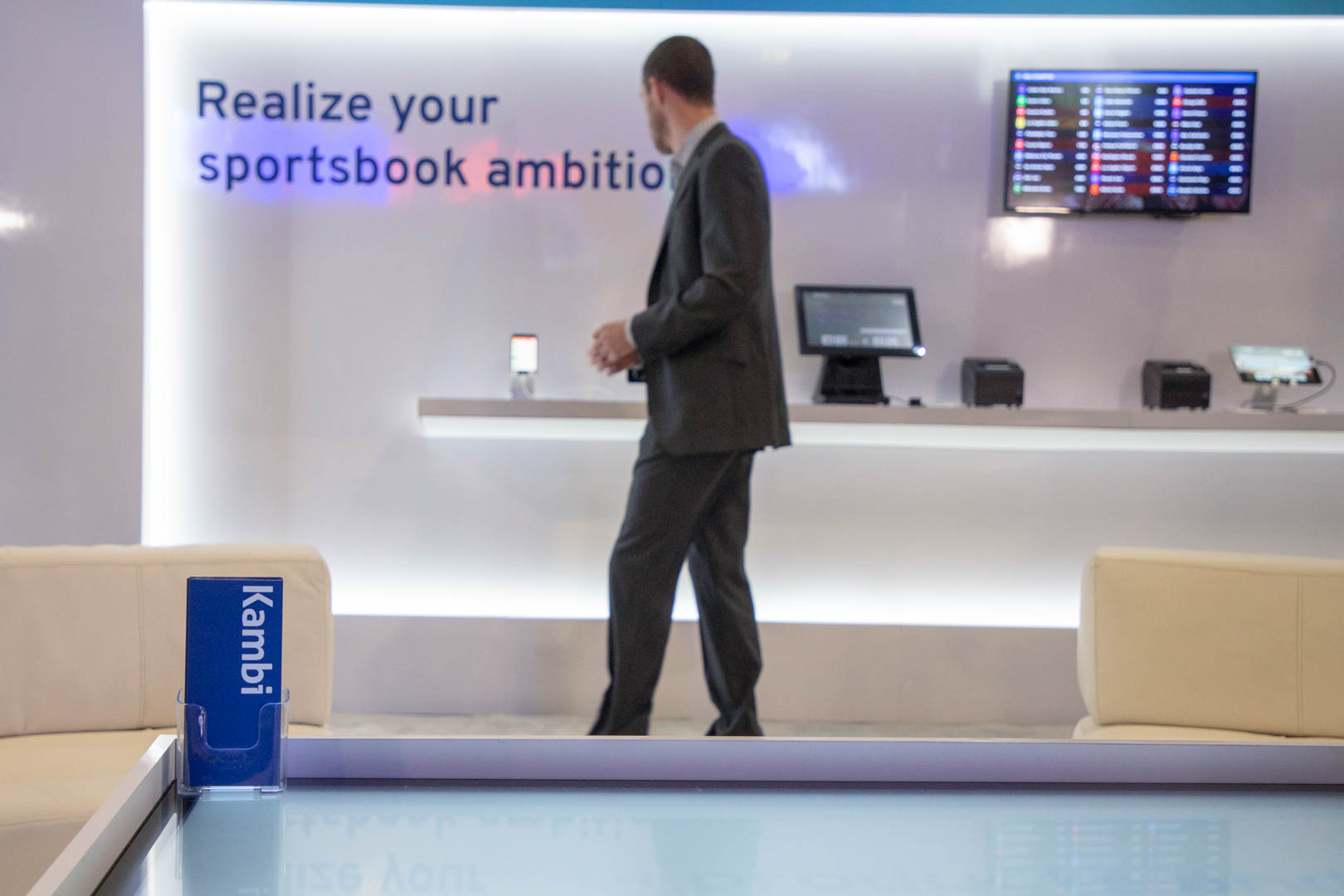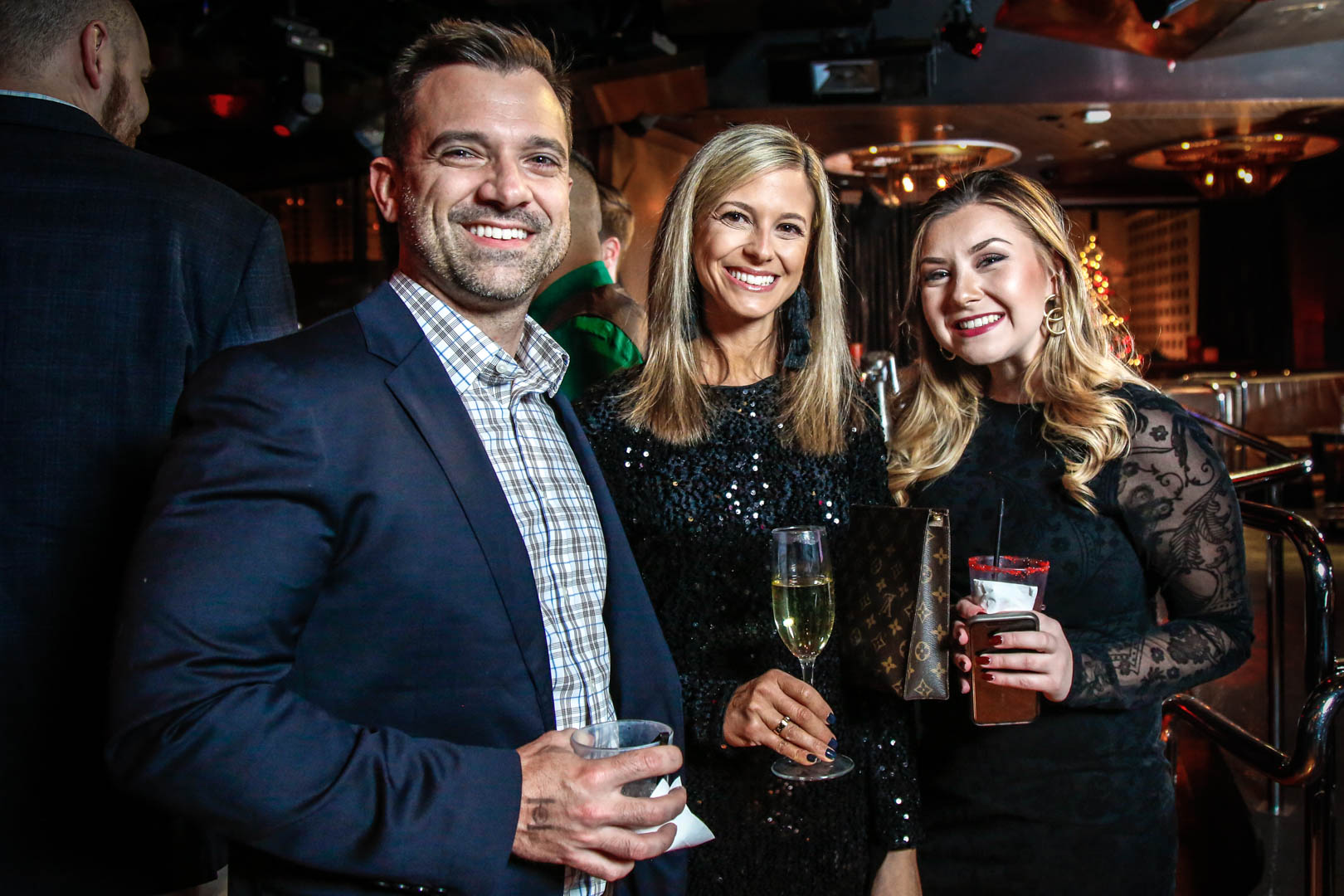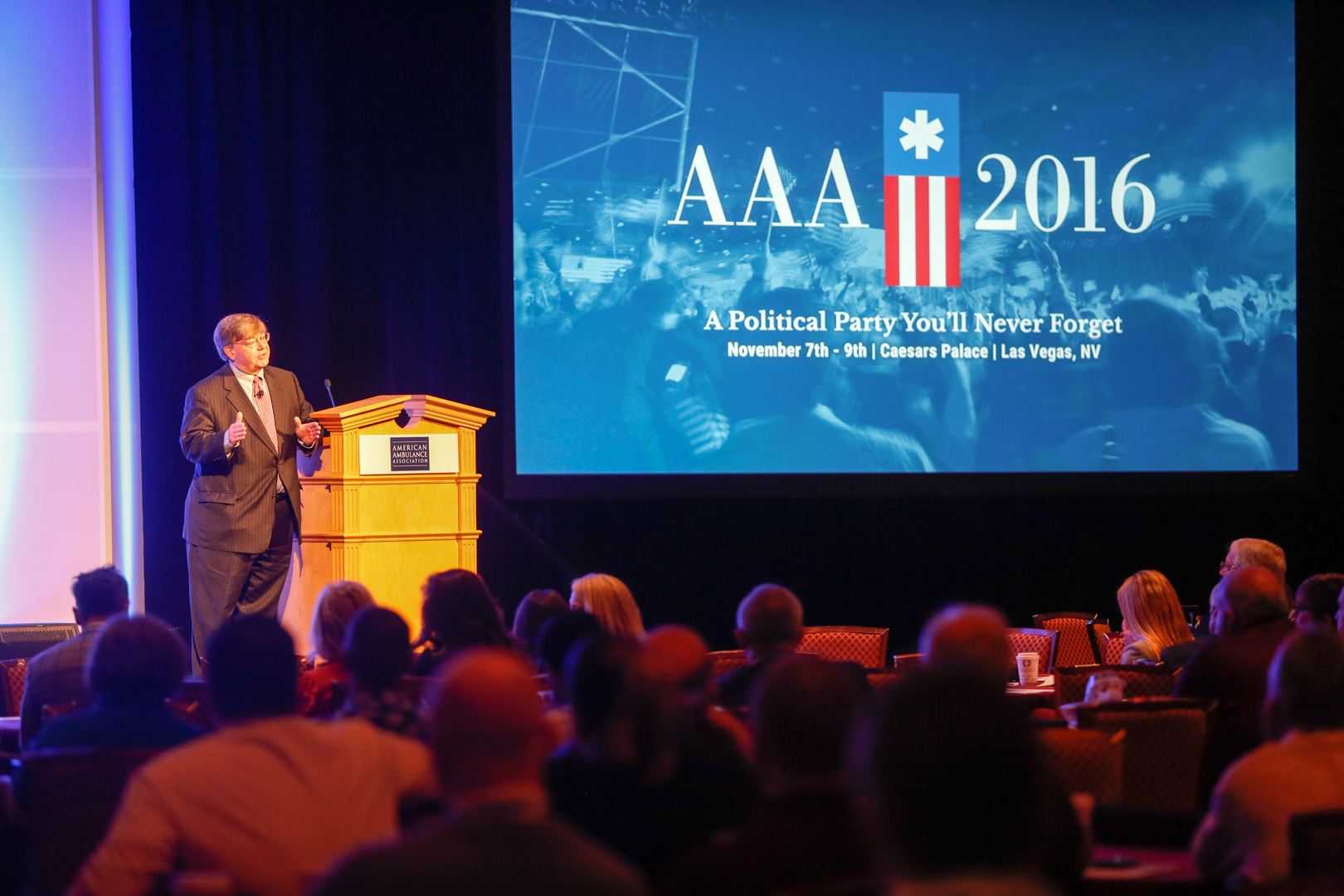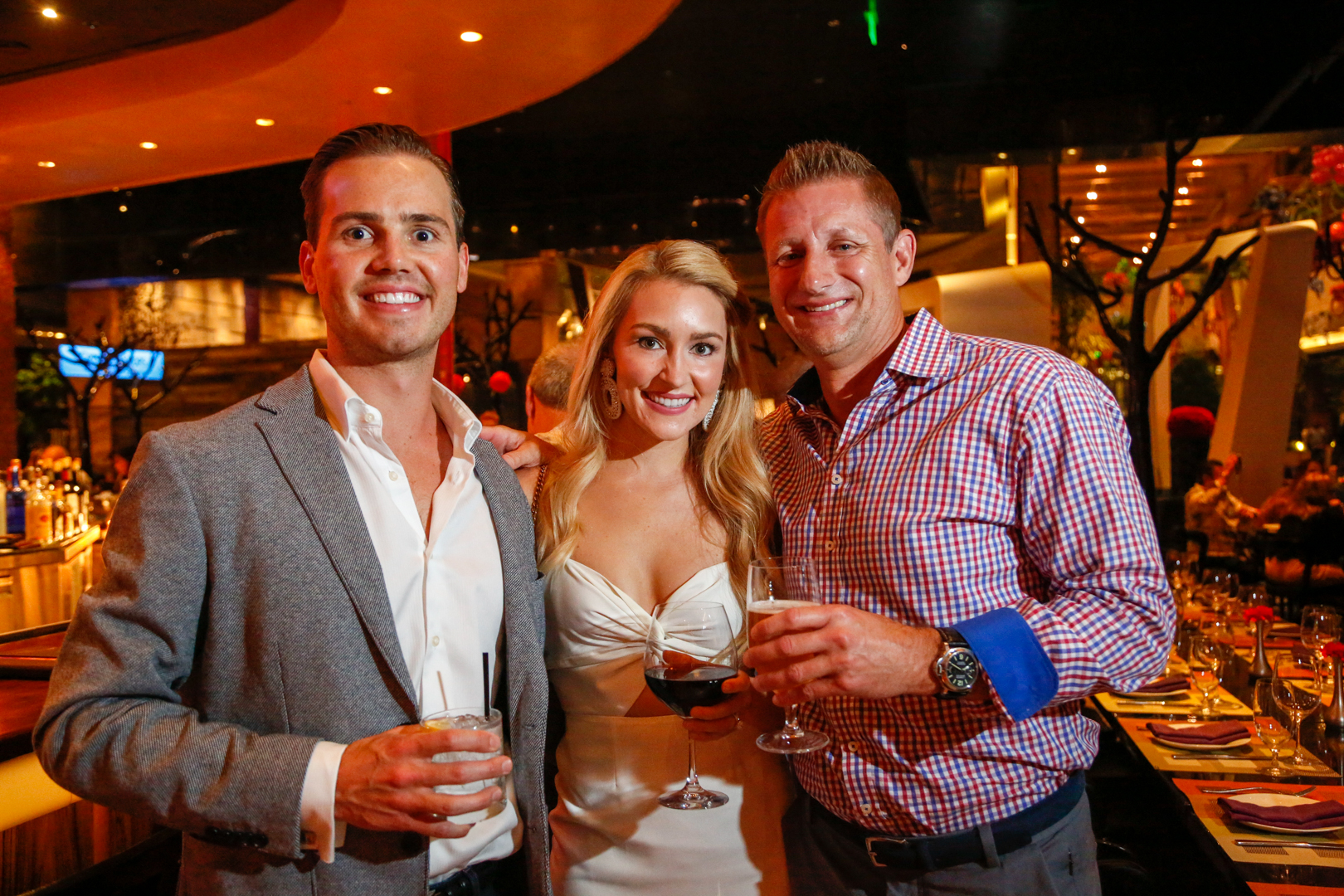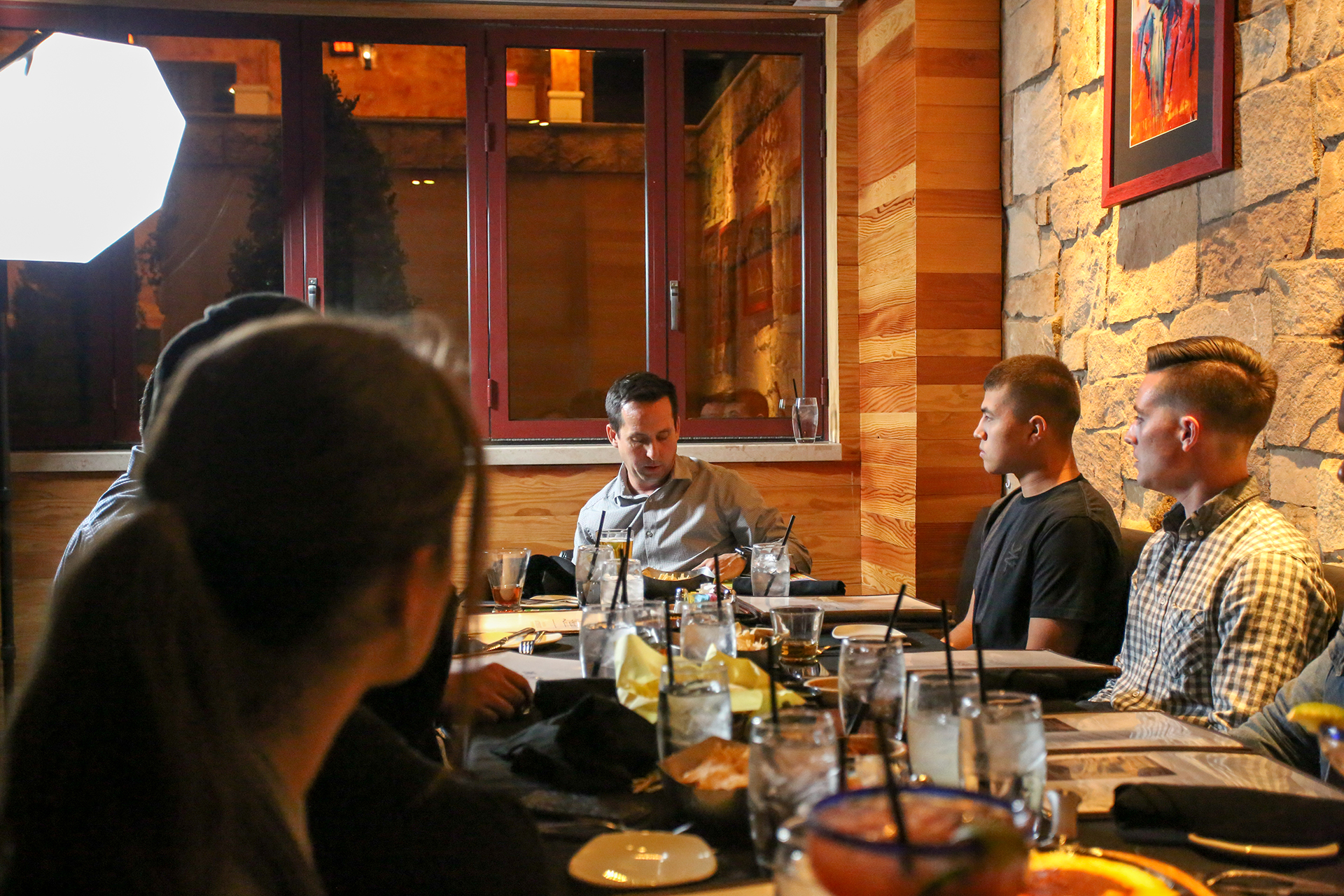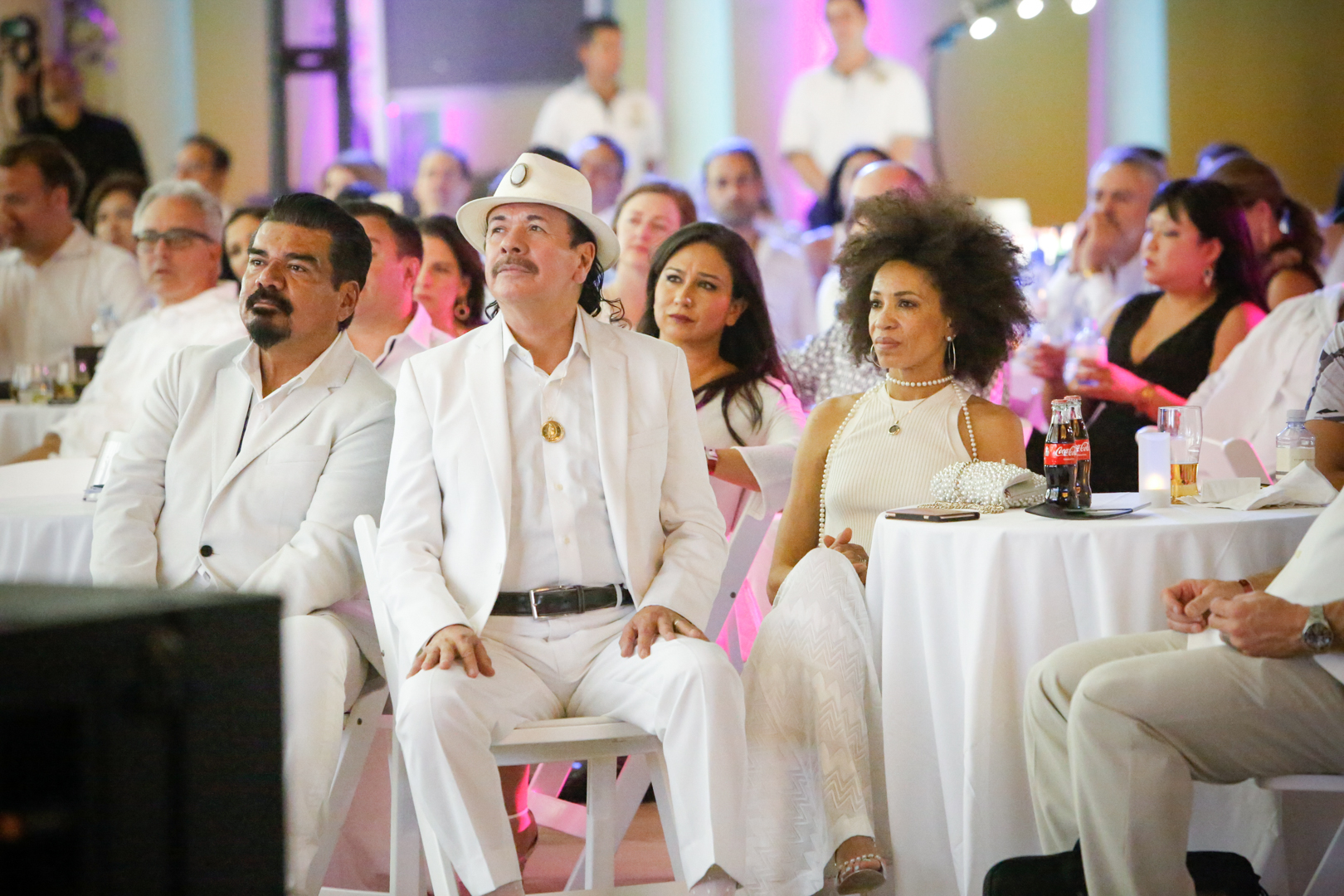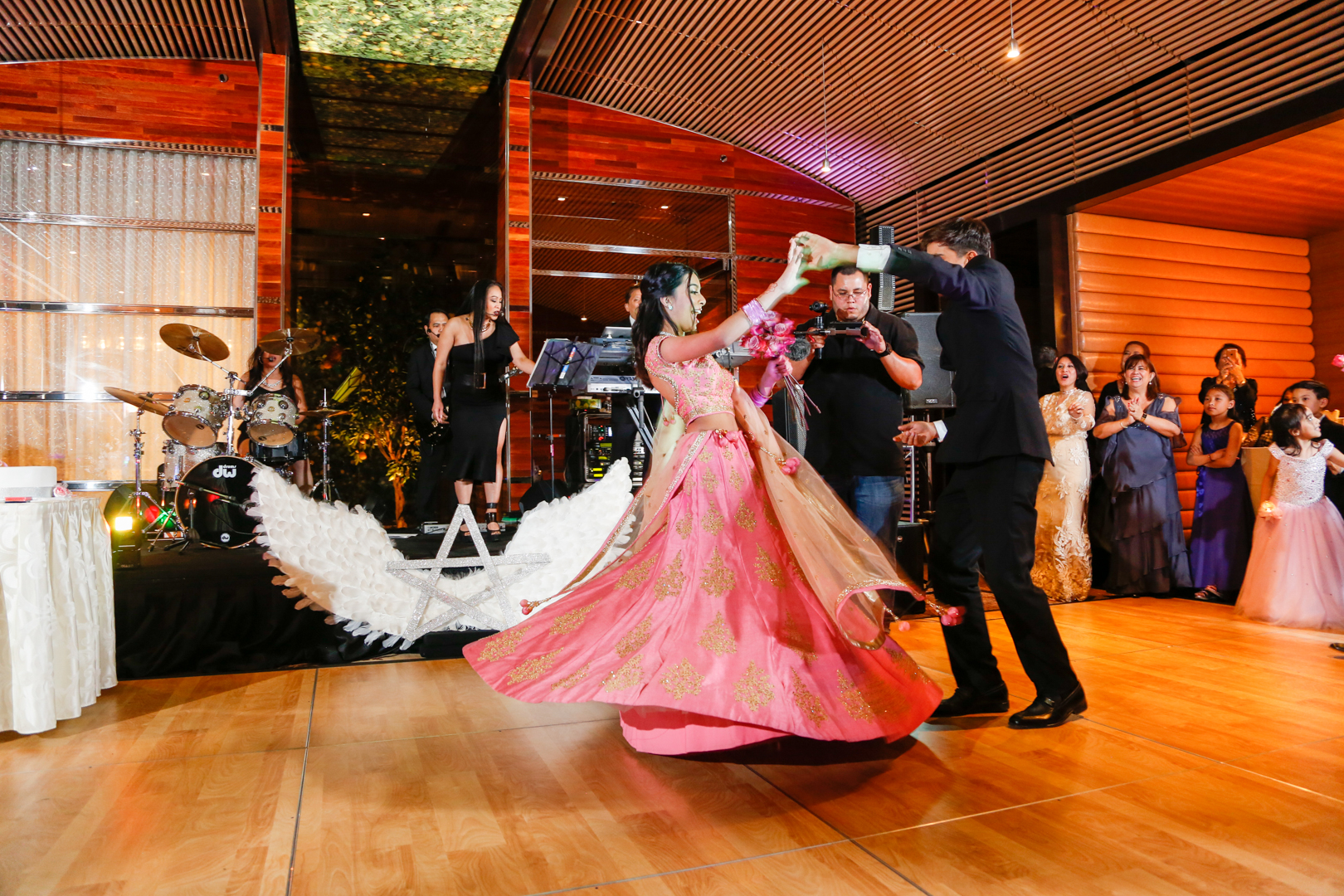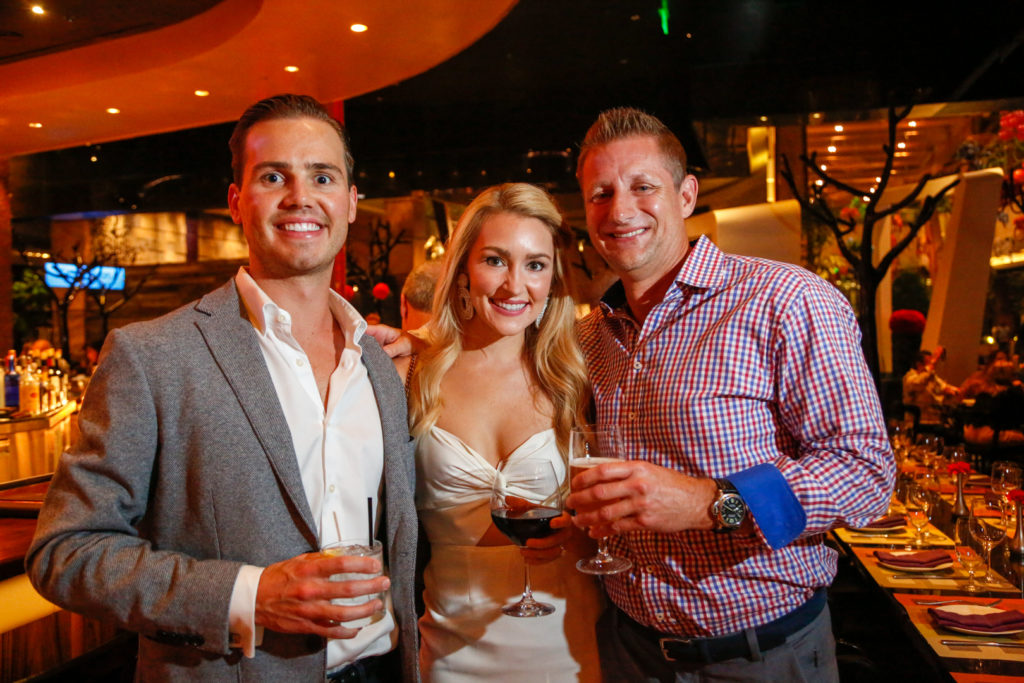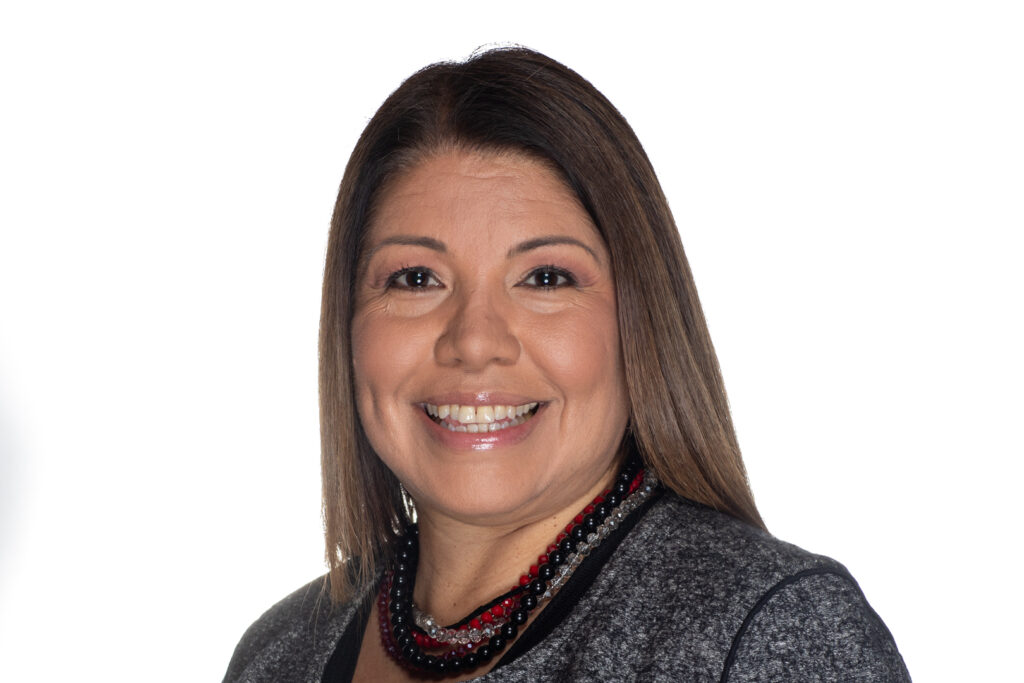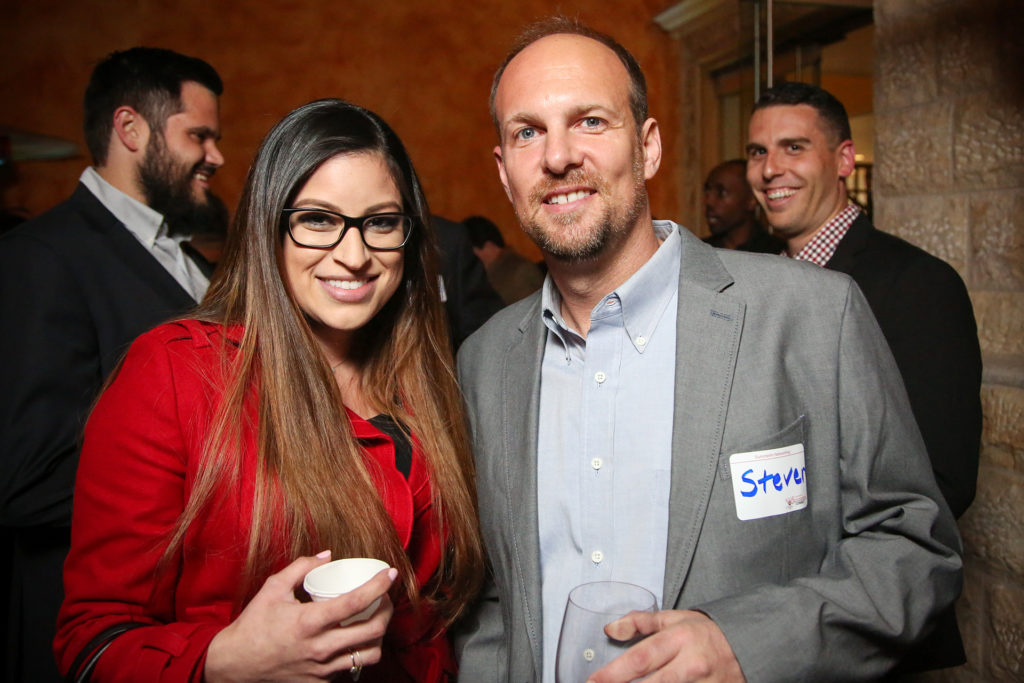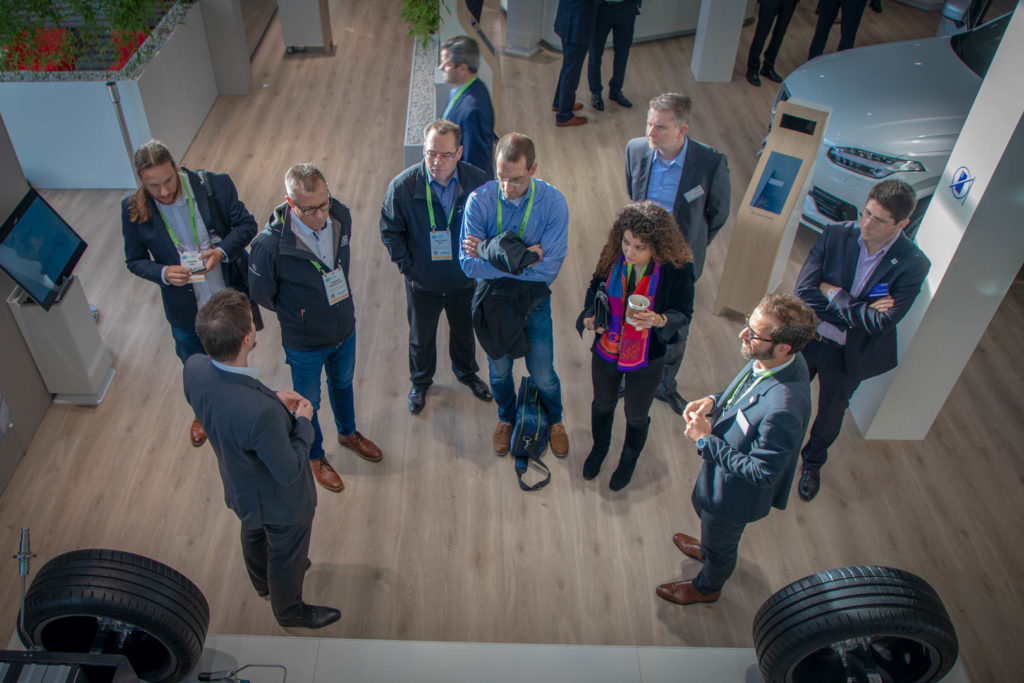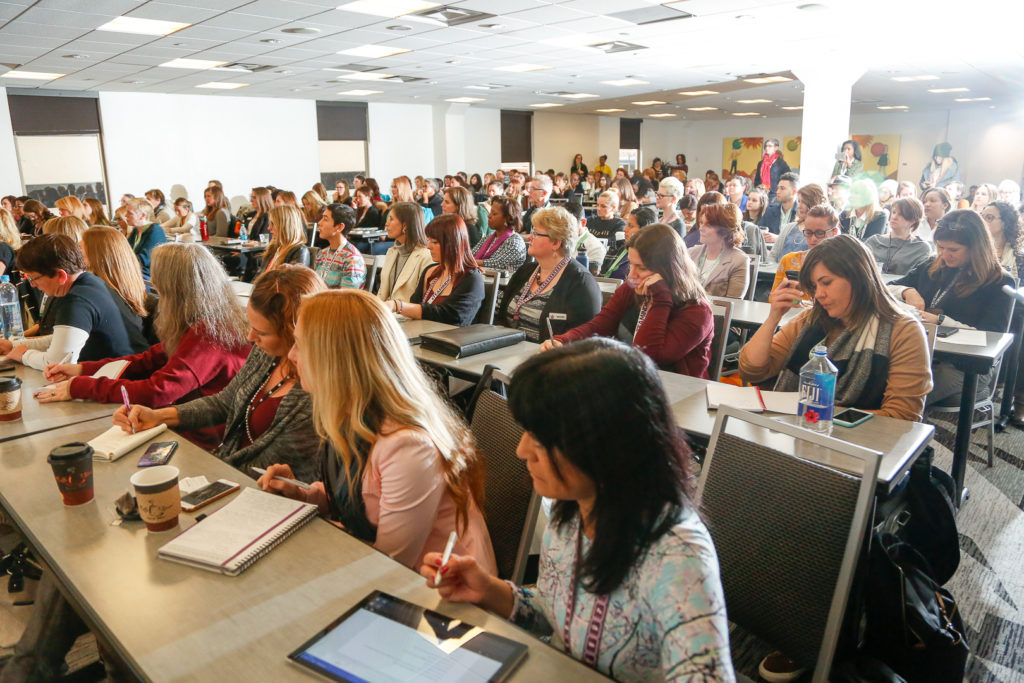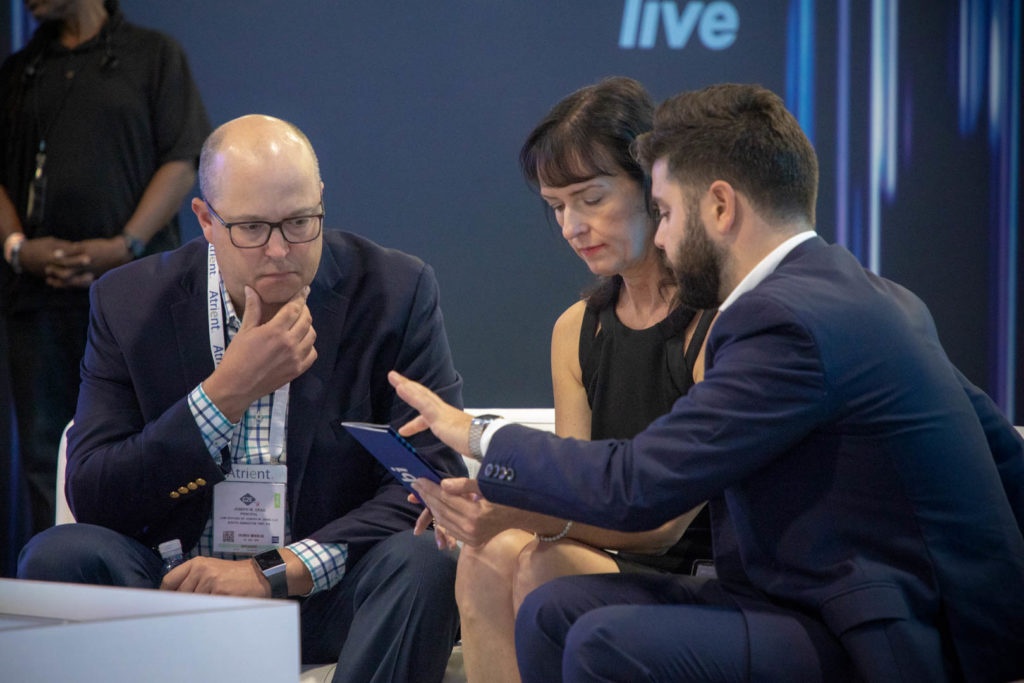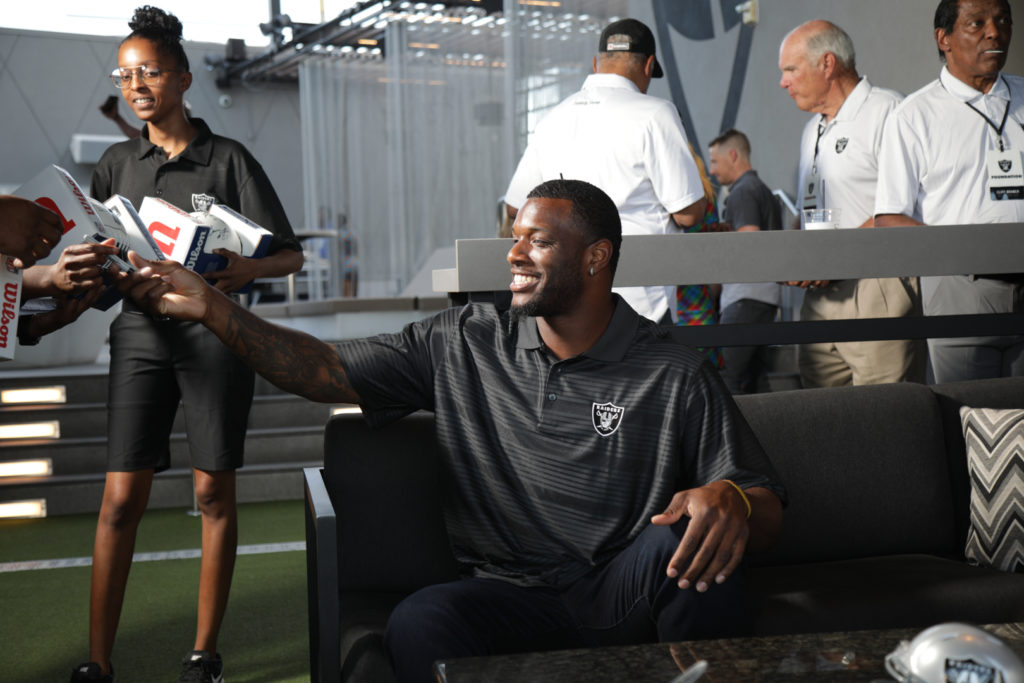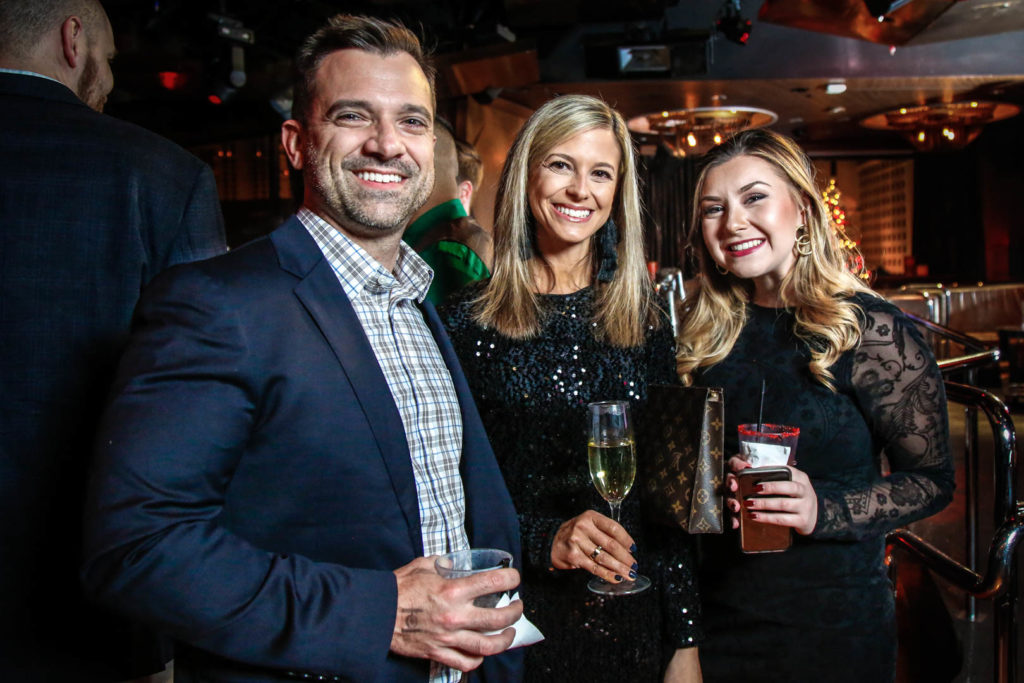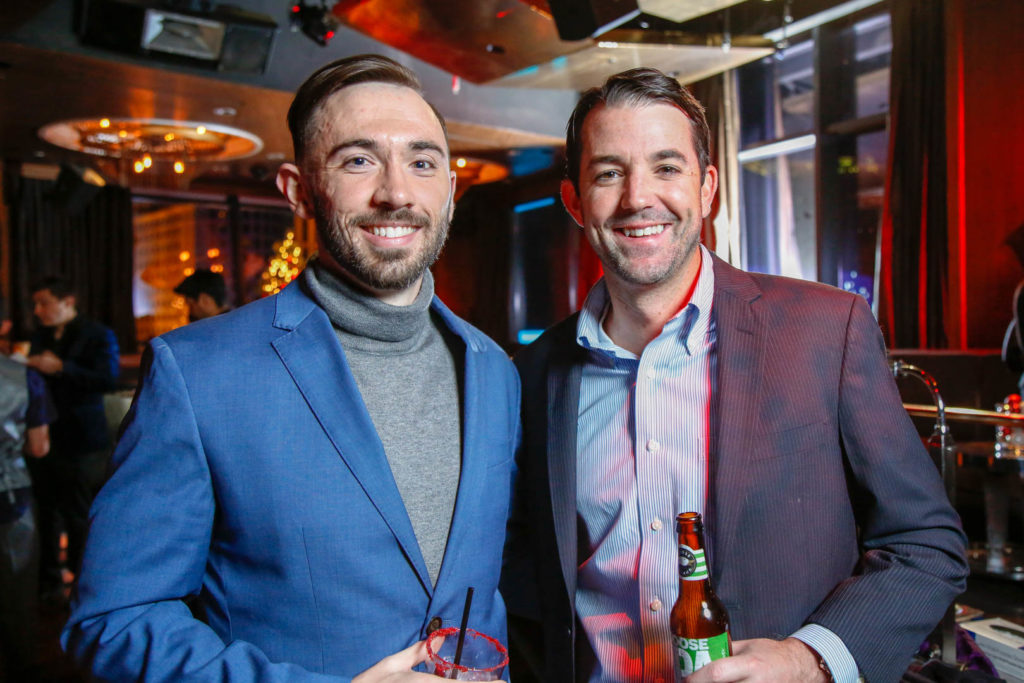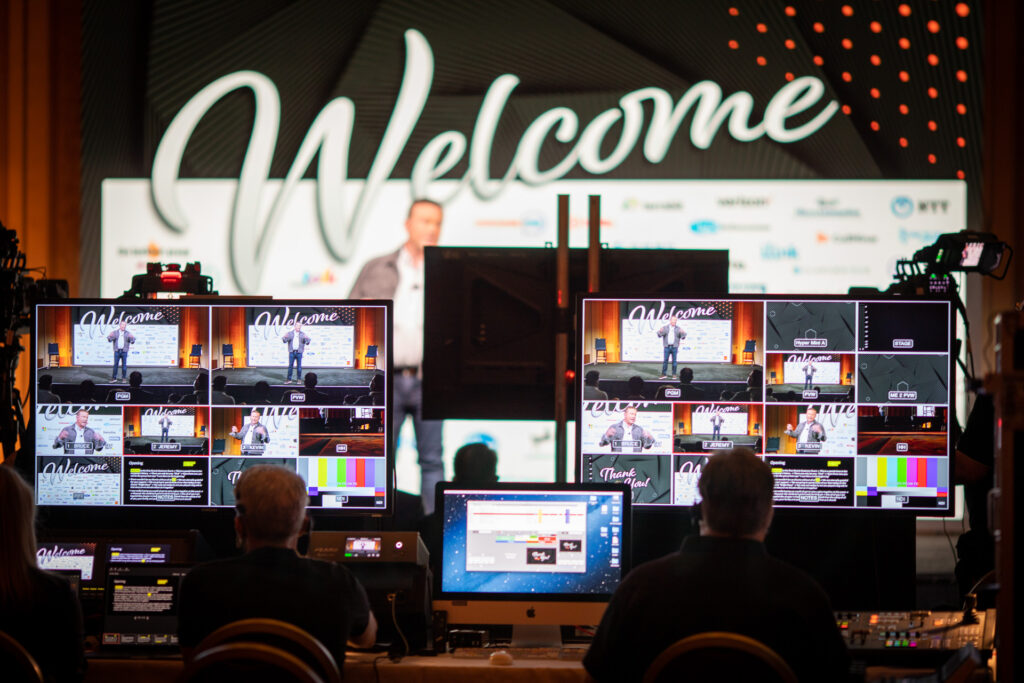Tradeshow Photographer Using Off-Camera Flash
Tradeshow photography plays a vital role in capturing the essence and energy of these bustling events. As a Las Vegas tradeshow photographer, it is your responsibility to document the exhibits, interactions, and overall atmosphere to provide a visual representation that engages potential clients and drives business. The quality of your tradeshow photography can make or break the success of an event, as it influences the first impression visitors have of the exhibitors and their offerings.
Through carefully composed photographs, you have the power to showcase the key features and highlights of each tradeshow booth. Your images can convey the brand identity, professionalism, and innovation of the companies present. These photographs also serve as valuable marketing material for future promotion and can significantly impact the decision-making process of potential clients. Therefore, it is crucial to master the art of tradeshow photography and understand the tools and techniques that can elevate your work to new heights.
Challenges of Tradeshow Photography
Tradeshow photography presents unique challenges that require skill and adaptability. The fast-paced nature of these events demands quick thinking and the ability to work efficiently in ever-changing environments. Lighting conditions can be challenging, with a mix of natural light, artificial lighting, and unpredictable shadows. Additionally, crowded spaces and cluttered backgrounds can make it difficult to capture clean and impactful images.
Moreover, tradeshow photography often involves capturing people in action, presenting their products, or engaging with potential clients. This requires careful attention to detail, timing, and the ability to capture genuine moments of interaction. It is essential to convey the energy and excitement of the event while maintaining a professional and polished aesthetic. Overcoming these challenges is crucial to ensuring that your tradeshow photography stands out and effectively communicates the message of the exhibitors.
Introduction to Off-Camera Flash
One powerful tool that can transform your tradeshow photography is off-camera flash. Off-camera flash refers to the technique of using a separate flash unit that is detached from the camera. This allows you to have more control over the direction, intensity, and quality of light, resulting in more dynamic and visually appealing images. By positioning the flash strategically, you can fill in shadows, balance the exposure, and create a three-dimensional effect that adds depth and dimension to your photographs.
Off-camera flash offers several advantages over the built-in flash of your camera. The built-in flash tends to produce harsh and unflattering light, often resulting in washed-out subjects and undesirable shadows. In contrast, off-camera flash enables you to create a more natural and pleasing lighting effect, enhancing the overall aesthetics of your tradeshow photographs. It allows you to manipulate light to highlight specific areas of interest, create mood, and separate your subject from the background.
Benefits of Using Off-Camera Flash in Tradeshow Photography
The benefits of using off-camera flash in tradeshow photography are vast. Firstly, it allows you to have greater control over the lighting conditions, regardless of the venue or time of day. You can compensate for challenging lighting situations, such as dimly lit booths or unevenly distributed light sources. This versatility ensures that your subjects are well-illuminated, resulting in clear and impactful images that accurately represent the exhibitors’ offerings.
Secondly, off-camera flash enables you to add depth and dimension to your tradeshow photographs. By using side lighting or backlighting techniques, you can create interesting shadows, highlights, and textures that enhance the overall visual appeal of your images. This three-dimensional effect adds a sense of realism and captivates the viewer’s attention, drawing them into the scene as if they were present at the tradeshow themselves.
Lastly, using off-camera flash allows you to separate your subject from the background, creating a professional and polished look. By carefully controlling the direction and intensity of light, you can effectively isolate the subject, making them stand out against the cluttered tradeshow environment. This technique not only adds visual interest but also ensures that the focus remains on the exhibitor and their products, increasing the impact of your tradeshow photography.
Understanding the Equipment Needed for Off-Camera Flash
To harness the power of off-camera flash for your tradeshow photography, you will need a few essential pieces of equipment. Firstly, you will need a camera with manual exposure controls and the ability to trigger an external flash. This will allow you to have full control over the camera settings and synchronize the flash with your shutter release. Additionally, a camera with a hot shoe mount will enable you to securely attach the flash unit and establish a reliable connection.
The next essential piece of equipment is an external flash unit with a tilting and swiveling head. This flexibility allows you to bounce or redirect the flash to achieve the desired lighting effect. Look for a flash unit with adjustable power output, as this will give you the ability to fine-tune the intensity of light according to the specific tradeshow booth or subject you are photographing.
To trigger the off-camera flash, you will need a wireless flash trigger. This device connects to your camera’s hot shoe mount and wirelessly communicates with the flash unit, allowing you to trigger the flash remotely. This eliminates the need for a physical connection between the camera and the flash, giving you more freedom to position the flash and experiment with different lighting angles.
Setting Up Off-Camera Flash for Tradeshow Photography
Once you have the necessary equipment, it is time to set up your off-camera flash for tradeshow photography. Start by mounting the flash unit onto a light stand or tripod. This will provide stability and allow you to position the flash at the desired height and angle. Ensure that the flash head is tilted or swiveled to face the subject or bounce off a nearby surface, depending on the lighting effect you wish to achieve.
Next, attach the wireless flash trigger to your camera’s hot shoe mount. Make sure the trigger is securely connected and set to the appropriate channel or group. This will ensure that the camera and flash are in sync and trigger simultaneously when you press the shutter release. Take a test shot to confirm that the flash is firing correctly and that the exposure is balanced.
Experiment with different flash positions and angles to find the most flattering and impactful lighting setup for each tradeshow booth or subject. Try bouncing the flash off walls or ceilings to create soft and diffused lighting. Alternatively, you can position the flash to the side or behind the subject to create dramatic shadows or highlights. Don’t be afraid to adjust the power output of the flash to achieve the desired intensity of light.
Techniques for Using Off-Camera Flash Effectively in Tradeshow Photography
To make the most of off-camera flash in your tradeshow photography, it is essential to master a few key techniques. Firstly, consider using fill flash to balance the exposure between the subject and the background. This is especially useful when shooting in challenging lighting conditions, such as backlit situations or booths with bright windows. By using fill flash, you can ensure that your subject is properly exposed without losing detail in the highlights or shadows.
Secondly, experiment with bounce flash to create soft and diffused lighting. This technique involves pointing the flash head towards a nearby wall or ceiling, allowing the light to bounce off and spread evenly across the subject. Bounce flash helps to eliminate harsh shadows and produces a more natural and flattering light. It is particularly effective when photographing people and products, as it softens the overall appearance and reduces unflattering reflections.
Another technique to consider is backlighting. This involves positioning the flash behind the subject, creating a rim of light that highlights the edges and contours. Backlighting adds depth and dimension to your tradeshow photographs, creating a sense of separation between the subject and the background. It works particularly well when photographing products or individuals against dark or cluttered backgrounds, as it creates a visually striking contrast.
Tips for Capturing Stunning Tradeshow Photos with Off-Camera Flash
In addition to mastering the techniques mentioned above, here are some additional tips to help you capture stunning tradeshow photos using off-camera flash:
Be prepared: Familiarize yourself with the tradeshow layout and schedule in advance. This will allow you to plan your shots and anticipate the best opportunities for capturing impactful images.
Communicate with exhibitors: Establish a rapport with the exhibitors and gain an understanding of their key products or services. This will enable you to focus on capturing the most relevant and compelling shots that align with their marketing objectives.
Capture candid moments: While posed shots are important, don’t forget to capture candid moments of interaction and engagement. These genuine moments convey the energy and excitement of the tradeshow, making your photographs more relatable and engaging.
Pay attention to details: Look for interesting details, textures, and unique angles that can add visual interest to your tradeshow photographs. Capture close-up shots of products, signage, or booth decorations to provide a comprehensive view of the exhibitor’s offerings.
Experiment and adapt: Don’t be afraid to experiment with different lighting setups, angles, and compositions. Be open to adapting your approach based on the specific tradeshow booth or subject you are photographing. Embrace creativity and let your unique perspective shine through your tradeshow photography.
Examples of Tradeshow Photos Transformed by Off-Camera Flash
To truly understand the impact off-camera flash can have on tradeshow photography, let’s explore a few examples:
Before: A photograph of a tradeshow booth with harsh shadows and uneven lighting, making the products appear dull and unappealing.
After: The same booth was photographed using off-camera flash, resulting in well-balanced lighting, vibrant colors, and enhanced product details. The off-camera flash eliminates the shadows and highlights the booth’s unique features, making it more visually appealing and inviting.
Before: A photograph of a tradeshow attendee interacting with an exhibitor, but the background is cluttered and distracting.
After: The same interaction is captured with off-camera flash, creating a clean and professional look. The flash separates the subject from the background, focusing the viewer’s attention on the interaction and conveying a sense of professionalism and engagement.
These examples illustrate how off-camera flash can transform tradeshow photography, elevating the overall quality and impact of the images captured. By incorporating off-camera flash techniques into your tradeshow photography workflow, you can create visually stunning photographs that effectively communicate the energy, professionalism, and innovation of the exhibitors.
Tradeshow photography is a demanding yet rewarding endeavor that requires skill, adaptability, and a keen eye for capturing impactful moments. By embracing off-camera flash techniques, you can overcome the challenges of tradeshow photography and elevate your work to new heights. The ability to control and manipulate light allows you to create visually appealing images that accurately represent the exhibitors and their offerings. With the right equipment, techniques, and creative mindset, you have the power to light up the tradeshow floor and capture stunning photographs that leave a lasting impression.
Now it’s time to take your tradeshow photography to the next level. Invest in the necessary equipment, practice the techniques discussed, and let your creativity shine through your off-camera flash photography. Embrace the power of light and watch as your tradeshow photographs transform, captivating viewers and driving business for the exhibitors.
Call or text 702-530-4384 to book your next Las Vegas Photography session or email us at info@christianpurdie.com for more information.
Book Your Las Vegas Photographer Session Online
You can always text or call (702) 530-4384 or send an email info@christianpurdie.com
Simple, Fast, and Convenient!
Mobile Portrait Photography Studio
Don’t have time to travel to a photography studio? No problem. We’ll bring the studio to you. You can receive all of the benefits of studio lighting without the hassle of traveling to a photography studio. Our equipment is light and mobile and will fit in your home, office, or location of your choice.
Digital Portrait Photographer Delivery
After your photography session, we’ll edit your photos and send you a gallery invite so you can download your images and use them however you choose. Quick, simple, and convenient.


